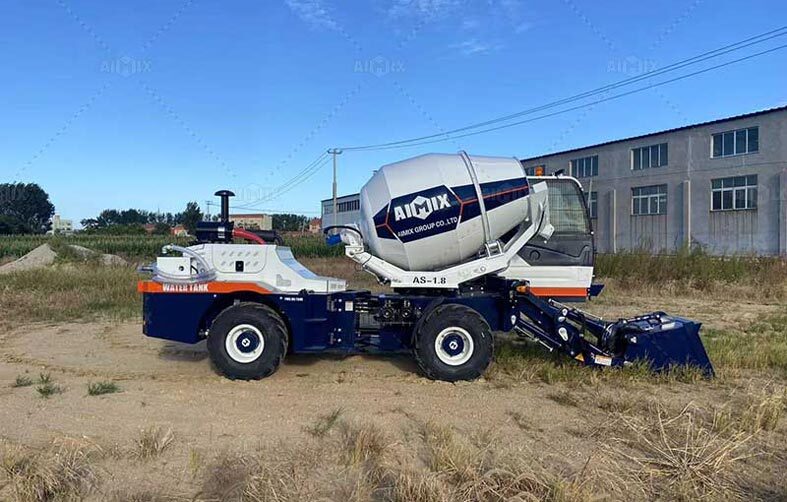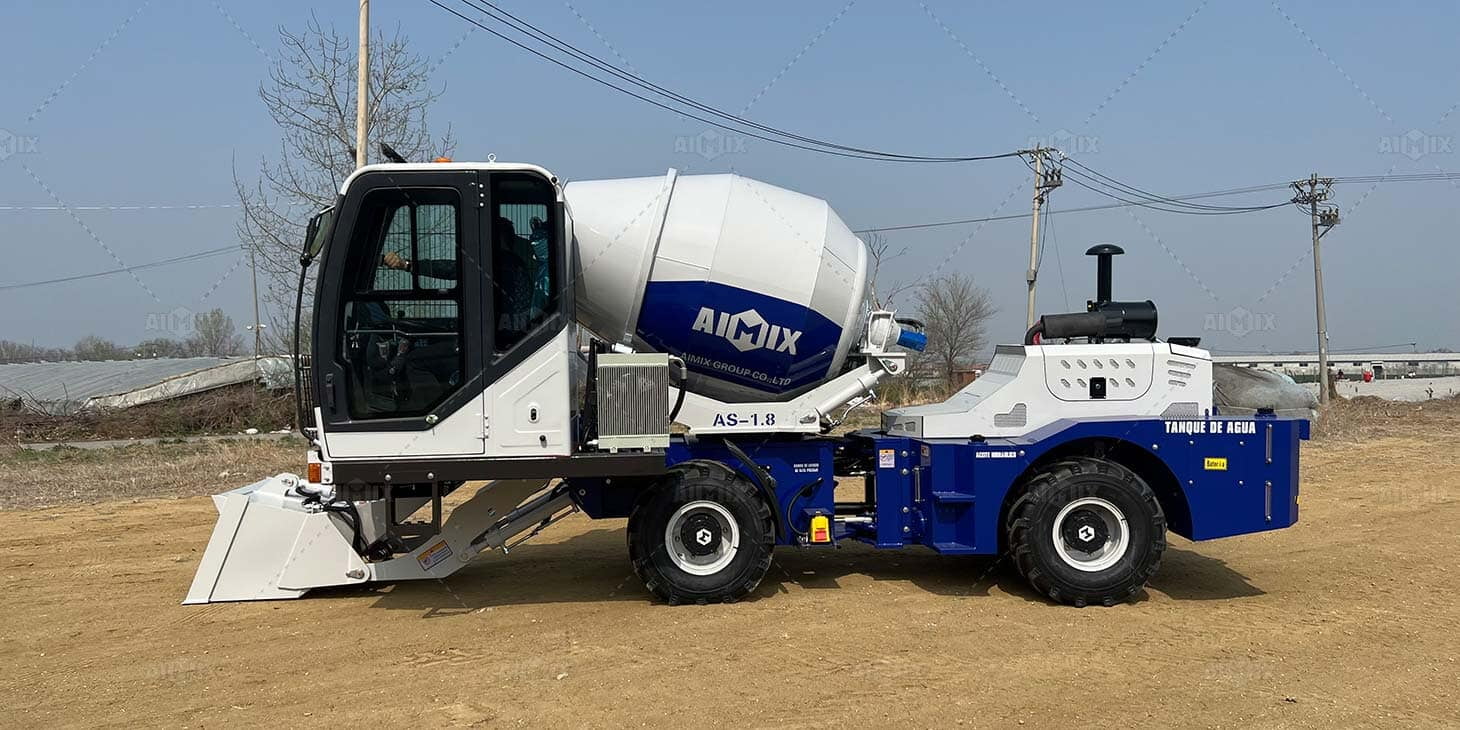In the pursuit of productivity and cost-efficiency on construction sites, the self-loading concrete mixer has emerged as a transformative solution. Yet, the design framework of these machines—articulated chassis versus rigid frame—plays a decisive role in their total cost of ownership (TCO). From maneuverability and maintenance to component wear and site adaptability, the structural configuration determines long-term value. Contractors and fleet managers must evaluate which self loading concrete mixer for sale design not only performs reliably under pressure but also minimizes hidden operational expenses over its lifecycle.
Understanding Frame Architecture and Its Implications
Articulated Frame: Agility on Uneven Ground
Articulated self-loading mixers are built with a central pivot joint connecting two separate chassis sections. This allows the front and rear frames to move independently, delivering superior steering flexibility. The result is a significantly tighter turning radius—an essential advantage on compact or irregular jobsites.
This design excels in off-road performance. When operating on hilly terrain, loose gravel, or soft soil, an articulated mixer maintains better traction and ground contact. It flexes with the terrain, reducing load stress and enhancing operator comfort. In multi-stop operations, the nimbleness of articulated frames reduces time lost during repositioning and maneuvering.
However, this added mechanical complexity introduces more pivot points, hydraulic lines, and moving joints. These components require regular lubrication and inspection, adding to preventive maintenance demands. Over time, the wear on articulation bearings and joints may necessitate replacement, impacting the machine's lifecycle cost.

Rigid Frame: Durability with Fewer Moving Parts
In contrast, rigid frame mixers are constructed from a single solid chassis. This monolithic design provides structural simplicity and greater torsional stiffness, making it well-suited for repetitive haulage tasks across relatively flat surfaces. With fewer articulation points and reduced hydraulic complexity, rigid frames often demonstrate longer intervals between major services.
Rigid frame self-loading concrete mixers also offer enhanced weight distribution. This improves the load-bearing capacity of the drum and promotes consistent concrete quality during transit. Because the frame remains stable under load, the risk of spillage or imbalance is minimized—even at higher speeds.
Nevertheless, a rigid frame has limitations in terms of mobility. Larger turning circles and reduced adaptability to sloped or cluttered terrains can create productivity bottlenecks in dynamic environments. The lack of joint articulation places more stress on axles and suspension when traversing uneven ground, leading to potential mechanical fatigue over time.
Operational Efficiency and Fuel Economics
Fuel Consumption and Transmission Response
The design of the mixer frame directly influences engine load and fuel dynamics. Articulated mixers, by virtue of their terrain adaptability, often experience less strain when operating in rugged conditions. This can translate into moderate fuel savings during stop-start applications or on variable surfaces. Hydrostatic transmission systems found in many articulated models provide seamless torque delivery, further optimizing energy efficiency during complex maneuvers.
Rigid frame models, with their straightforward mechanical design, tend to consume fuel more consistently in linear transit applications. For projects involving long-distance hauls between batch plants and pour zones, their fuel usage may be more predictable. However, inefficient turning and repositioning in confined spaces can result in incremental fuel waste—costs that accumulate quietly over time.

Tire and Drivetrain Wear
Frame configuration also influences tire degradation and drivetrain longevity. Articulated machines distribute stress more evenly during turning, reducing sidewall wear and extending tire life. However, additional articulation joints and steering cylinders are more vulnerable to wear, especially in high-frequency operation zones.
Rigid frames place more lateral force on tires during tight turns, increasing the frequency of tire replacement. But their simpler drivetrain components often exhibit higher mechanical endurance, lowering the probability of mid-life overhauls. This trade-off must be assessed in conjunction with the terrain and cycle frequency of the target job environment.
Which Frame Design Delivers Lower Total Ownership Cost?
Application-Specific Cost Dynamics
There is no universal winner between articulated and rigid frame self loading concrete mixer in South Africa. The optimal design depends entirely on site conditions, usage frequency, and terrain complexity. On congested sites or where access routes are narrow and uneven, articulated mixers offer reduced labor time, better material flow control, and lower rework rates. These factors can greatly offset their slightly higher maintenance costs.
Conversely, for projects involving repetitive, high-volume transport over predictable terrain, the robust construction and low-maintenance appeal of rigid frames can yield better long-term cost benefits. The simplified servicing, fewer breakdown points, and consistent operational output lower unplanned downtime expenses.
Resale and Lifecycle Residual Value
Resale value also factors into total ownership cost. Articulated mixers—especially those with advanced steering systems—often retain better value in markets where flexibility and off-road capability are highly prized. Rigid models, while valued for their reliability, may depreciate faster in areas with mixed terrain demand due to their limited maneuverability.
Therefore, lifecycle budgeting should encompass not only purchase price and fuel costs but also component longevity, downtime frequency, site adaptability, and market resale conditions.
Choosing between articulated and rigid frame self-loading mixers is not merely an engineering preference—it's a financial strategy. By aligning the structural advantages of each design with specific site parameters and work cycles, contractors can make informed investments that lower their total cost of ownership and maximize operational returns.

